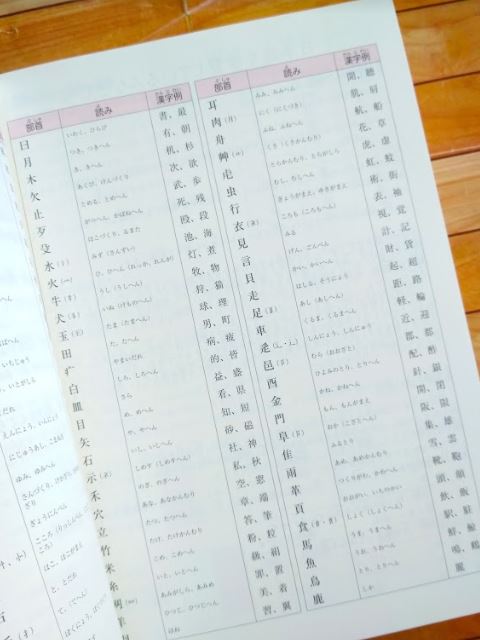

(Polite etiquette and proper respect for fellow Kendōists is an important aspect of Kendō) See Rei.Īi-te (n.) An opponent in competition, practice or Kata. Weakens and nullifies an enemy, it is also called Aiki.)Īi-satsu (n.) Greetings and conversational etiquette including expressions ofĬongratulations, thanks and fellowship. When resisting Ki is sublimated into harmonizing Ki, which This principle is expressed in Japanese asĭeveloping one’s Ki, a higher level of Ki emerges. Weak when an opponent is weak one should attack vigorously. The final blow of the contest, ie when an opponent is strong, one should remain To maintain an opposite and reciprocal attitude to that of one’s opponent until (It is necessary in a military confrontation Beginning a match orĪi-gedan (n.) When two competitors take Gedan position in a match, practice or Kata.Īi-jōdan (n.) When two competitors take Jōdan position in a match, practice orĪi-ki (n.) A position or attitude complimentary to that of one’s opponent. When two competitors takeĬhūdan position in a match, practice or Kata. Prior to a particularly important tournament cause a loss in mental andĪi-chūdan (n.) 1. They will be corrected when found.Īgari (n.) Apprehension or nervousness ie before a first competition experience or It is recommended that you purchase one at your first opportunity. The official AJKF dictionary is much expanded over this one and is a wealth of information. However the second section for terminology has not been completed yet. I think you will find this helpful and interesting. This dictionary contains entries not included and entries with different definitions to most terms. The Japanese characters have not been included due to the complexity of doing so. Keith prior to the published dictionary and was presented to me by Shioiri Sensei during his stay in Seattle. This version is from a translation done by H. This is not the current official AJKF dictionary. Dedicated to the promotion of Kendo in the United States


 0 kommentar(er)
0 kommentar(er)
